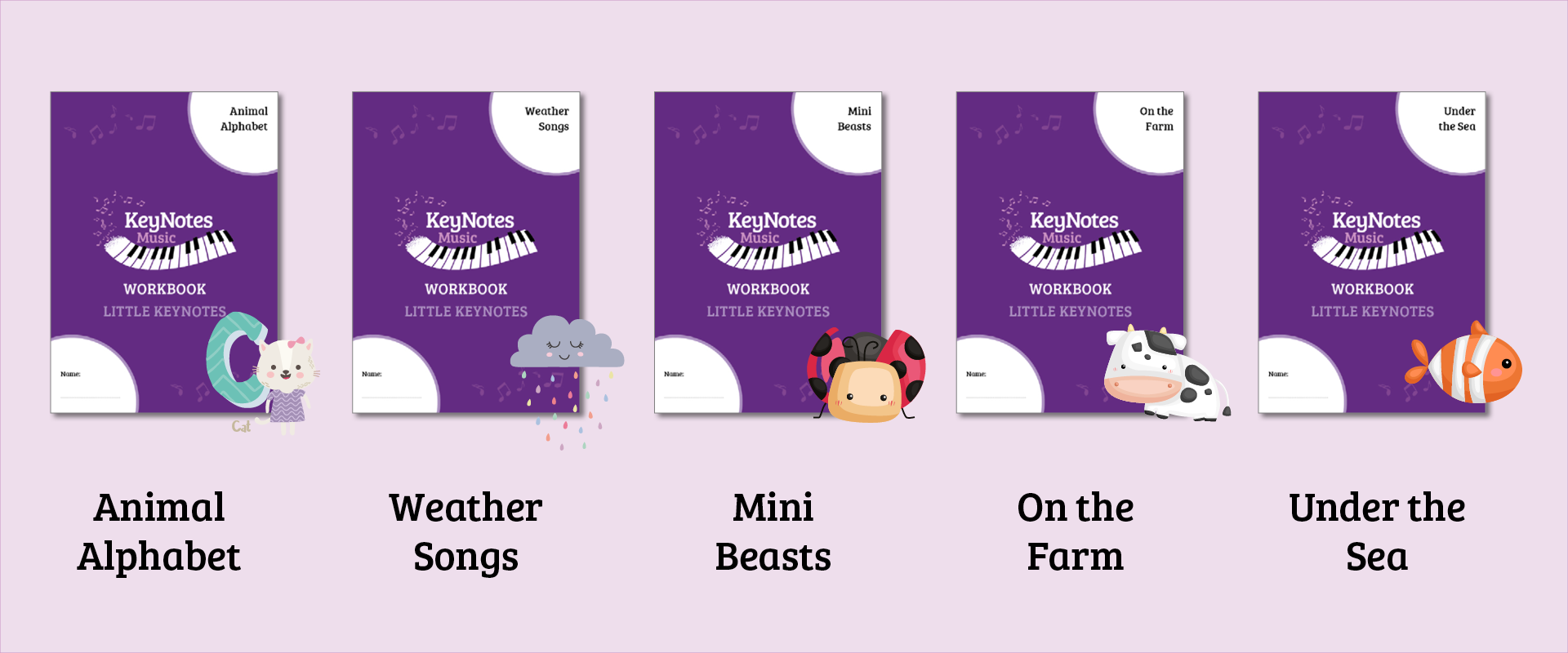Welcome to Little KeyNotes, our group piano curriculum for ages 4-5, providing the foundations of piano playing for our youngest learners, using songs, games, and of course the group setting.
An overview of the skills and concepts covered in our Little KeyNotes curriculum
Understanding how essential it is to have an overarching plan, we have laid out exactly how we approach piano learning in this skills and concepts overview.
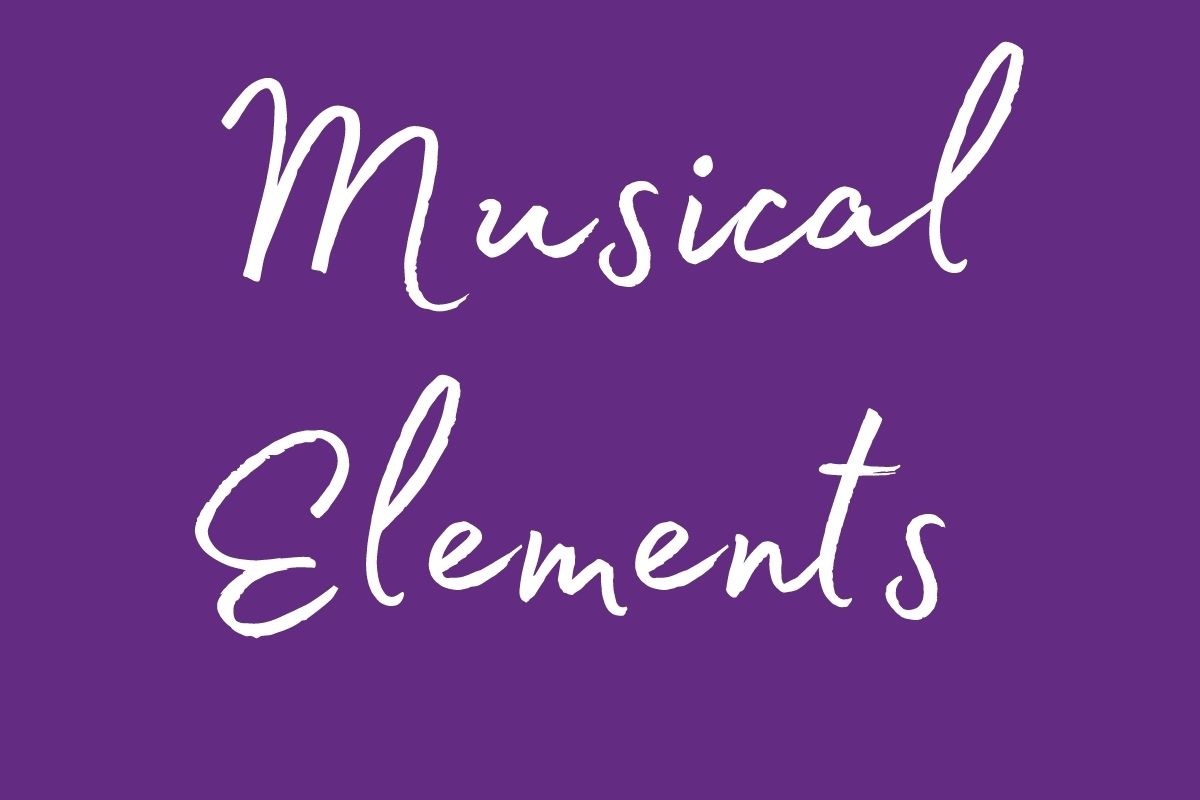
Dynamics: loud/soft
Tempo: fast/slow
Structure: ABA
Pitch: high/low
Melodies: move by step

Songs in C Major
5-finger scales - C and G
Occasional C and E two-note chord
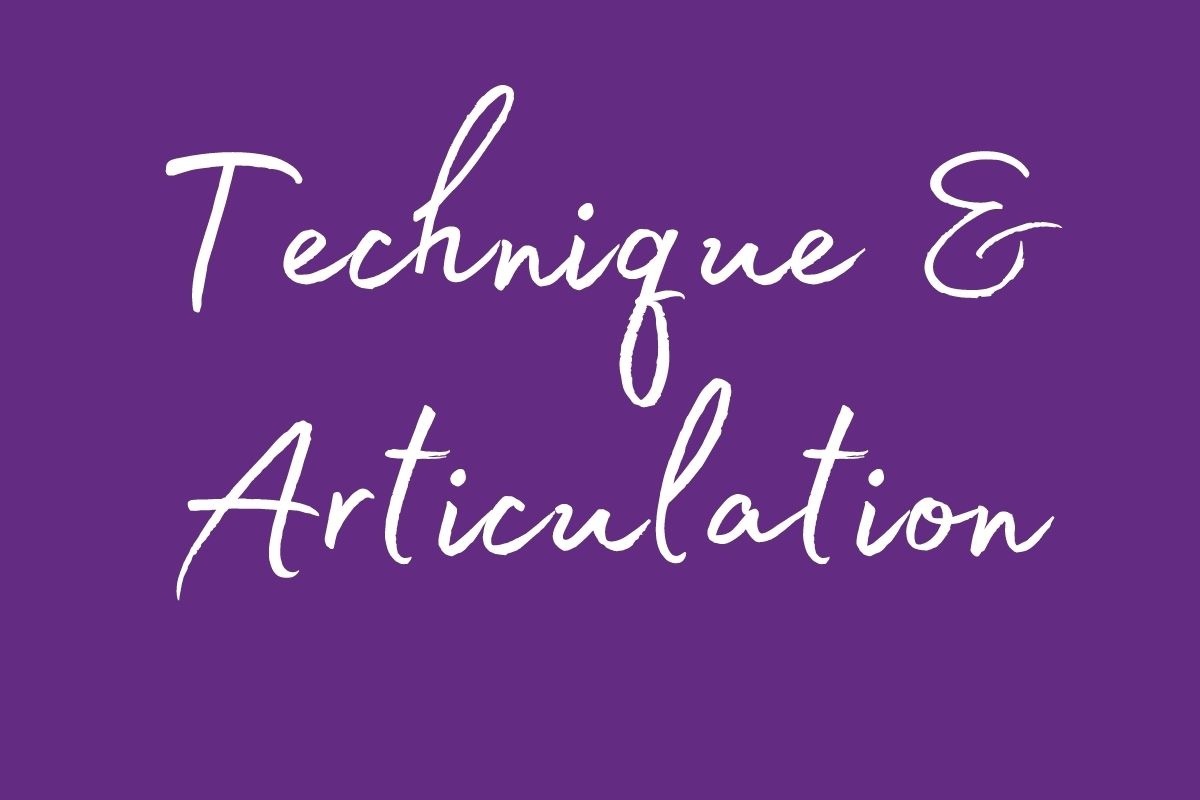
Bubble hand
5-finger C position – RH
5-finger G position – RH
C and B in LH
Concept of held notes and short
notes and technique
(Extensions: LH octaves with RH)
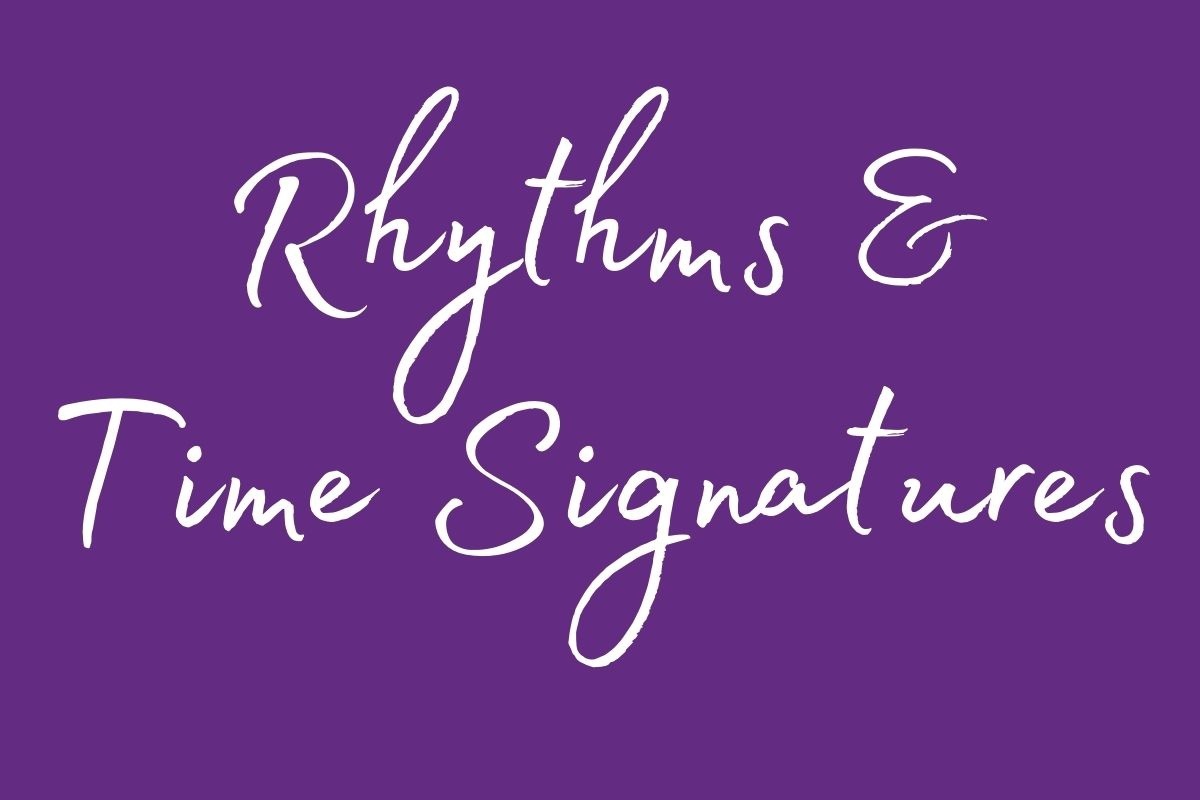
Crotchets, minims, semibreves, quavers/Quarter notes, half notes, whole notes and eighth notes
Songs in 4/4, 3/4 and 2/4
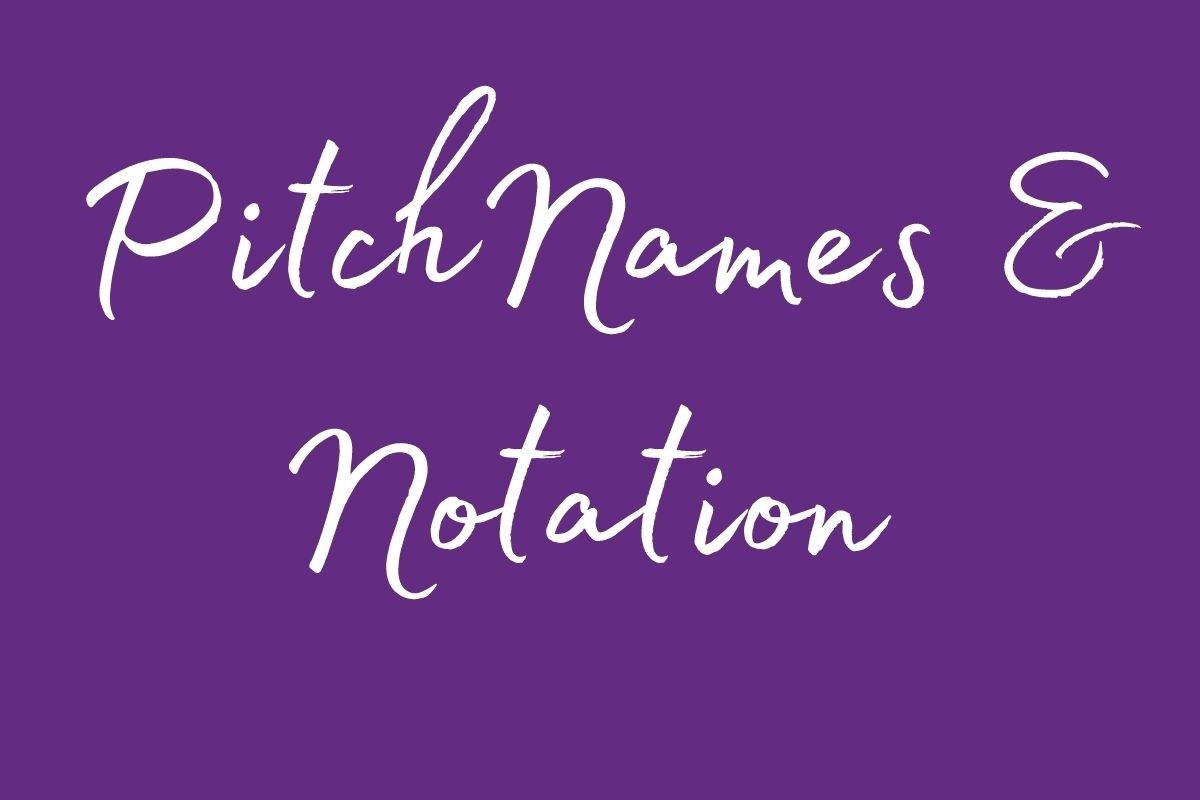
Pre-reader - melodic contour with rhythmic notation
All note names as letters
The Key Difference
Our cyclical curriculum and our system of differentiation are what makes our program different.
Each song has challenge levels so that each child can progress at their own pace.
A cyclical structure makes the curriculum flexible so that new students can join a class any time.
Musical Elements
Children love music. They naturally and instinctively understand so much more than we realise. We can help them to use this understanding and apply it to different intentions. Why is a high pitch good for representing a bird? How can we use tempo to show the differences between a snail and a beetle? Our themed workbooks ensure that there are plenty of opportunities to explore musical elements in relation to characters, stories, ideas and moods. Plus, of course, we have many games that make the exploration even more fun!
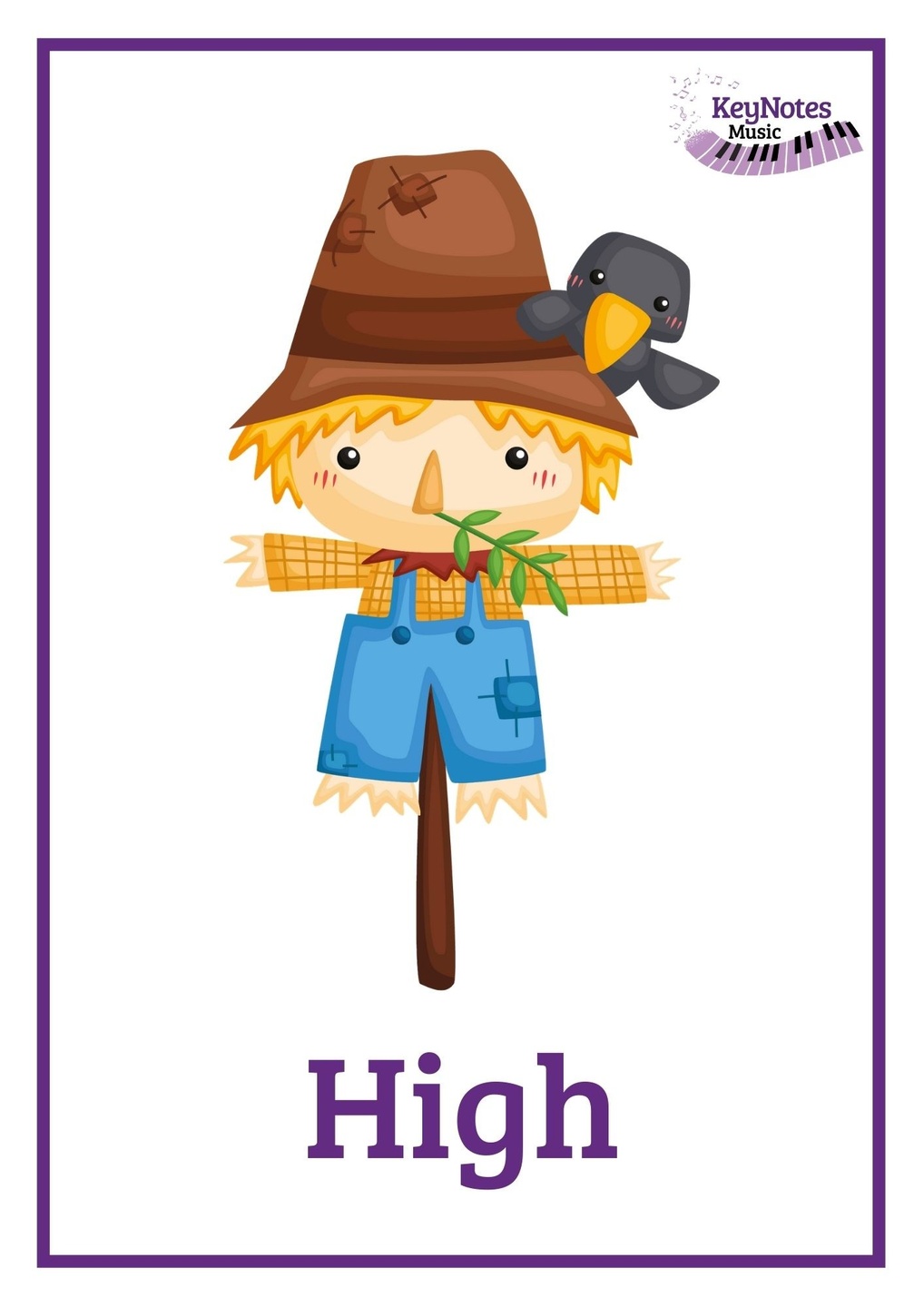
Pitch
Children don't need much introduction to the concept of pitch where it comes to highs and lows. However, we go further and consider how pitch can be used to represent different characters or stories.

Dynamics
Through songs and games, and varying the dynamics of our playing, children learn how louds and softs can impact the mood in music, building suspense and creating some wonderful moments of surprise.

Tempo
Tempo is another one that needs little introduction with children, but learning Italian terms and being able to march, tip-toe and dance in time with the music, whether it is fast or slow, is an incredibly important (and fun) skill.
A solid foundation in keyboard geography
Little KeyNotes students get to know what the notes are, where the notes are, how to find them independently. Through games, songs and pompoms, they are given anchors to help them build their knowledge and be able to navigate a piano or keyboard without gimmicks or tricks. We teach our students that a C is a C, not a random animal or some other object. They are very good at singing the musical alphabet and can apply that knowledge to the keyboard.
Child's Play
Learning through play is a well-established concept at this age, and luckily for us, we can very easily ensure that we are meeting this important learning process. First of all, we enable them to play and explore the piano! Something which they very naturally enjoy! Then we can teach skills and concepts through games. Each of our games follows the theme for the workbook and ensures that learning objectives for each lesson are embedded.
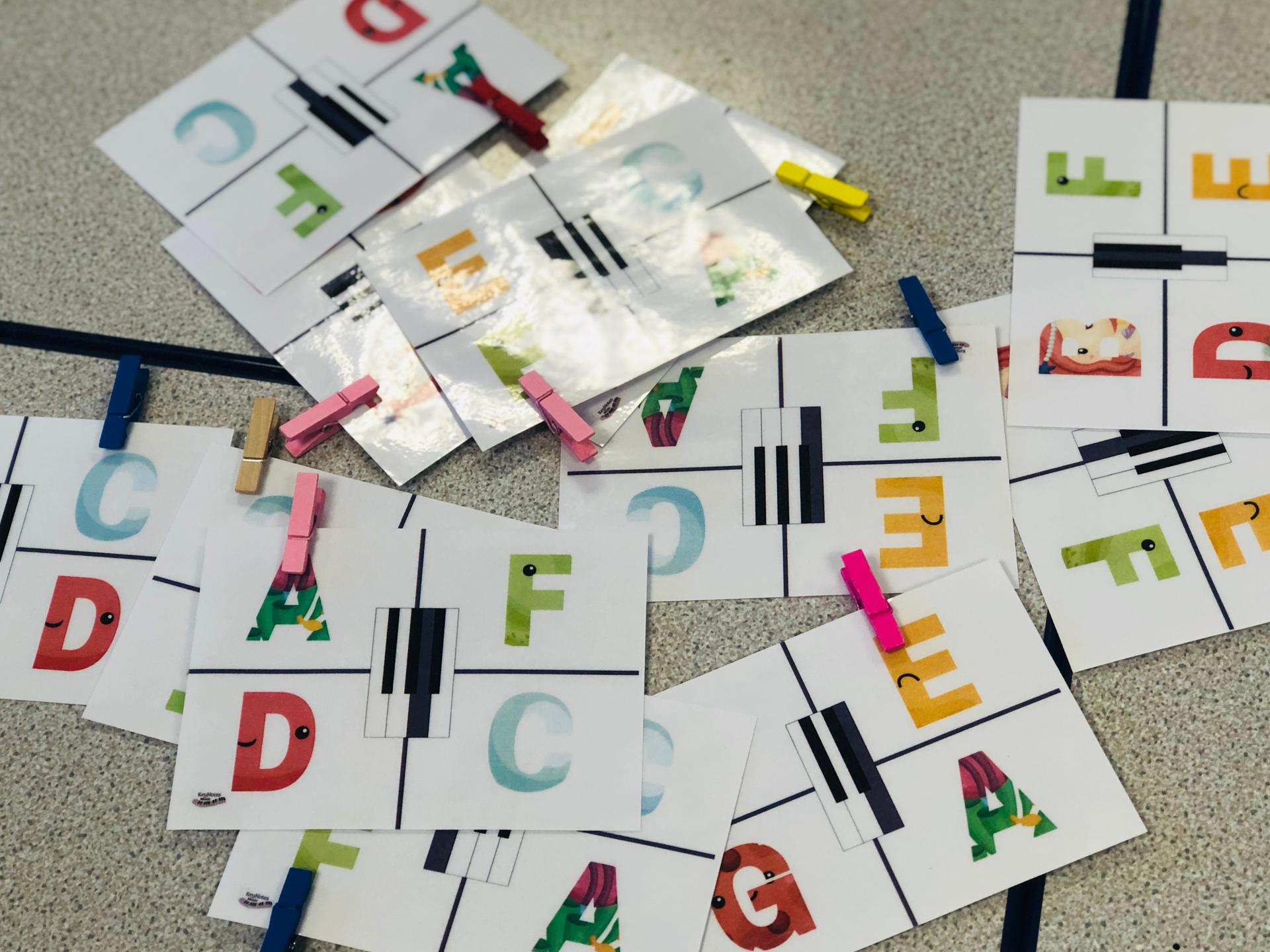
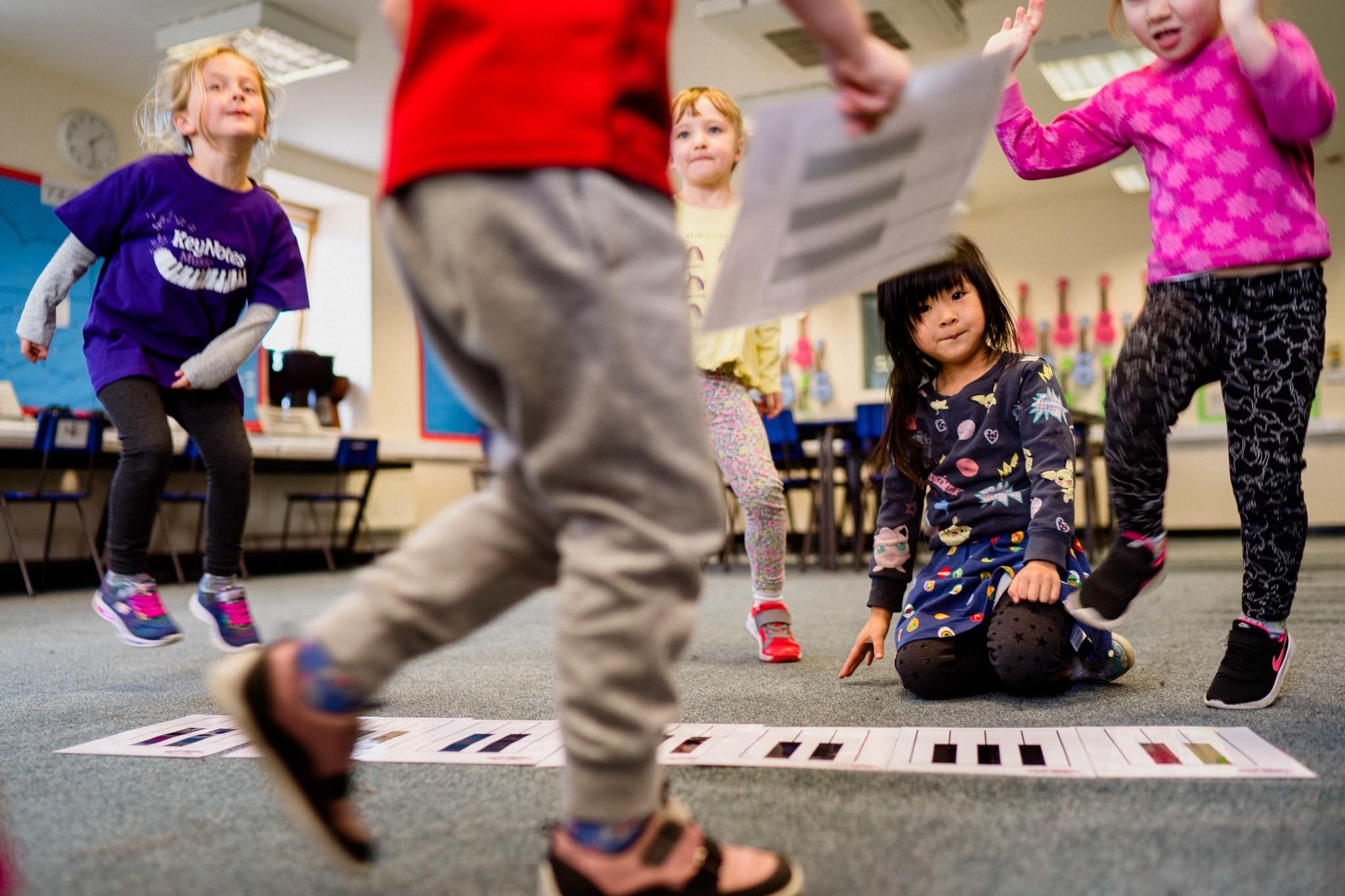
Technique from the very start
Our pieces build finger strength, 5-finger positions and a bubble hand posture. We have games and exercises that develop knowledge of the different sounds that can be achieved through the way that we play the piano, and these relate to the stories we are telling.
Supporting you to support your child
We are so passionate about the importance of parents' role in their child's piano-learning journey; it is key to the child's confidence, self-efficacy, and perseverance. As such, we provide an area of our site where parents can watch practice videos for each lesson. This is in addition to the parent practice sheets that teachers are able to hand out each week.

Structured for maximum impact
Lesson structure for little ones is key to ensuring they are taking on board new skills and concepts, whilst continuously consolidating and reviewing previous ones. The way that we can achieve that is to have a fast-paced, multi-activity lesson structure, that is suited to this age and provides opportunities for a variety of learner-types.
We also make sure that our lesson structure and content is consistent from week to week, so that children can manage their expectations and behave in the way that they know is appropriate. Here is what our typical structure looks like:
- Game or song to introduce new concept as a starter activity
- Making a floor piano with laminated keyboards and using pompoms to find the note for the lesson
- Finding the note on the main piano, colouring it in on our workbook and drawing the letter name
- Singing and playing the song for the lesson around the main piano, singing lyrics, finger numbers and letter names
- Children practice at the keyboards (with headphones) and perform their piece as both a solo and ensemble once they are all ready
- Lesson ends with a game/song, and of course a sticker!
Accompaniments
Accompaniments help to bring the programmatic elements of the pieces to life, as well as making sure that everyone stays in time!
Our accompaniments are played on the piano as we want to highlight the many different and wonderful effects achieved on just one instrument!
Here is an example taken from our Under the Sea workbook.
Our Workbooks
Little KeyNotes has five workbooks, each lasting approximately 12 weeks. Each workbook is based on a topic, and all learning, playing and gaming are based around them.





